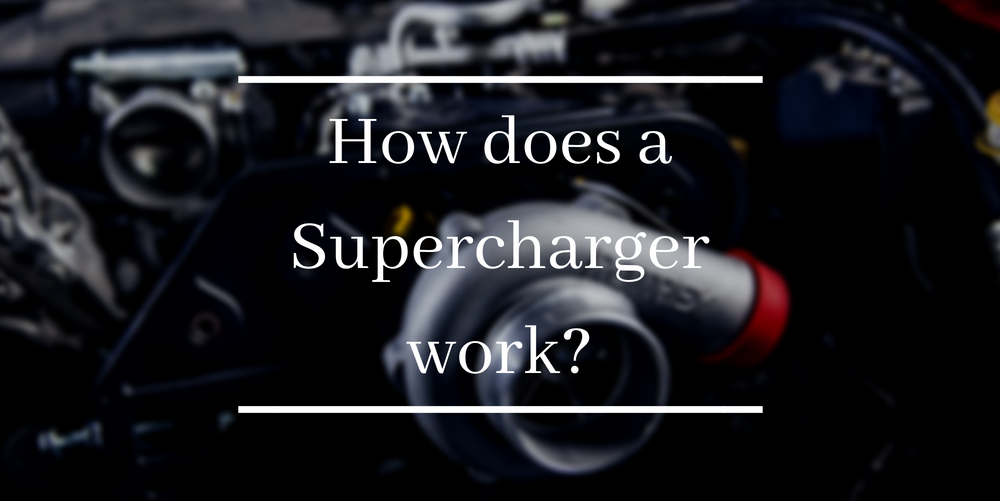Have you ever wondered how the different parts of your Mercedes Benz engine work? If you are interested in maintaining your vehicle a little more and want to get under the bonnet, so to speak, it’s a great idea to find out more about how individual components work so you can understand any issues that may occur in the future.
If your particular class of Mercedes Benz has a supercharger installed in the engine, why not find out how it works? Have a read below to find out how the supercharger in your engine works and improves your speed when driving.
What is a Supercharger?
It is common knowledge amongst car enthusiasts that the addition of a supercharger into an engine ensures that there is an increased amount of power being produced by the engine overall, leading to improved speeds and efficiency in the vehicle.
Originally superchargers were used on cars meant for racing, but were implemented in road vehicles as early as 1921 at the Berlin Motor Show. These vehicles happened to be manufactured by Mercedes and were the very first supercharged road vehicles amongst rivals such as Fiat, Alfa Romeo, Bugatti and Bentley.
How does it work?
A combustion engine works on the basic principle that fuel is combined with oxygen, then compressed by pistons before being ignited via a spark.
The supercharger works as an additional air compressor that supplies an increased amount of oxygen into the combustion chamber of an engine. The increase of air improves the engine output by burning more fuel over the same space of time as a regular engine, therefore producing more power overall.
Different Types of Supercharger
There are currently two main types of supercharger installed in vehicle engines though with advancements being made all the time there is always a possibility of more advanced superchargers becoming available that increase an engine’s ability to produce power.
Positive Displacement
A positive displacement supercharger pumps a fixed amount of air into the engine for every revolution made. The most common of this supercharger type is the Roots-type supercharger, which is widely used in vehicle manufacture, along with modifications to hot rod cars. They work especially well at low-engine speeds do are ideal for use within road vehicles.
Dynamic Compressors
The difference in a dynamic compressor is that the air flow is accelerated, which in turn provides further improvements to the power output of the engine. The most common type is a Centrifugal-type supercharger that increases the speed of the airflow via centrifugal force. The increased temperature arising from the efficiency of the supercharger is often offset by the further addition of an intercooler to ensure the engine doesn’t get too hot.
Do you require a replacement supercharger for your Mercedes vehicle? Have a look at our replacement parts online, or feel free to get in touch with the experts at Dronsfields for further advice.



